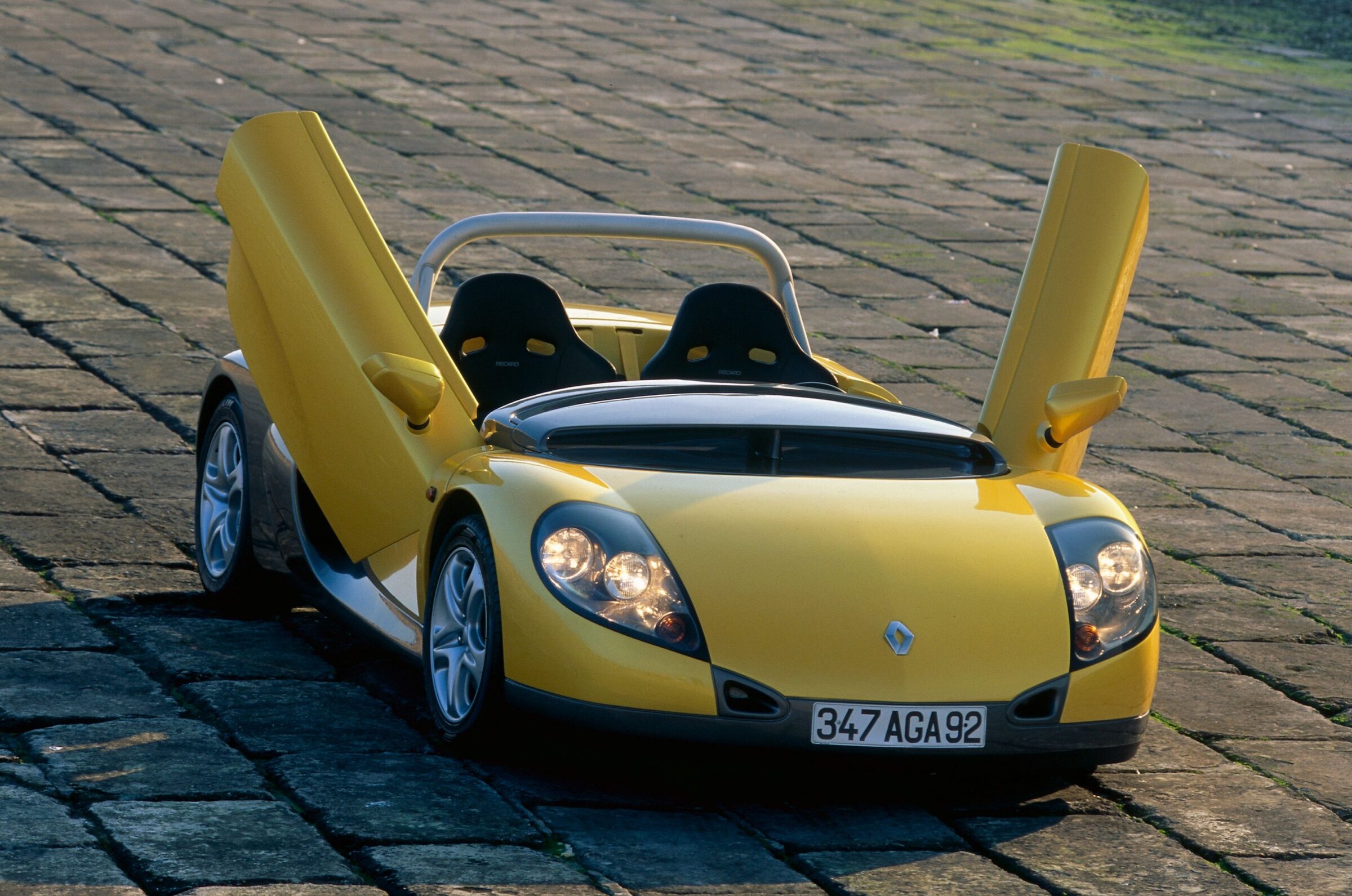Siata 208 CS
Have you ever heard of the Italian company Società Italiana Applicazioni Trasformazioni Automobilistiche? Probably not. Even the abbreviation Siata is hardly familiar nowadays. It all began in 1926, when Giorgio Ambrosini founded this company in Turin. He had already manufactured and marketed his own automobiles under the name Vittoria before World War 1. With Siata, he was mainly concerned with tuning Fiat models until World War 2. In the post-war years, the company began its own automobile production, remaining faithful to Fiat technology. Within a very short time, a complete range of models was created, from small cars to sports cars. In 1953, there were a total of 13 different models from Siata.
Siata 208 with Fiat 8V technology
The Siata 208, which was introduced in 1953 and was based on the Fiat 8V presented the previous year, became better known outside Italy. The Italian brand probably chose this model designation on the erroneous assumption that the term “V8” might be protected in the USA. A two-liter V8 engine provided the power under the front hood. In the Fiat, over the course of the production run, power increased from the original 105, first to 115, and finally to 127 horsepower. Siata used specially developed, sharper camshafts and three twin Weber carburetors. As a result, up to 140 hp was available. Power was transmitted to the rear wheels via a five-speed manual transmission. In contrast to the Fiat, Siata used an independent space frame with independent suspension all around. This basic drivable chassis was then sent to the coachbuilder chosen by the respective customer.


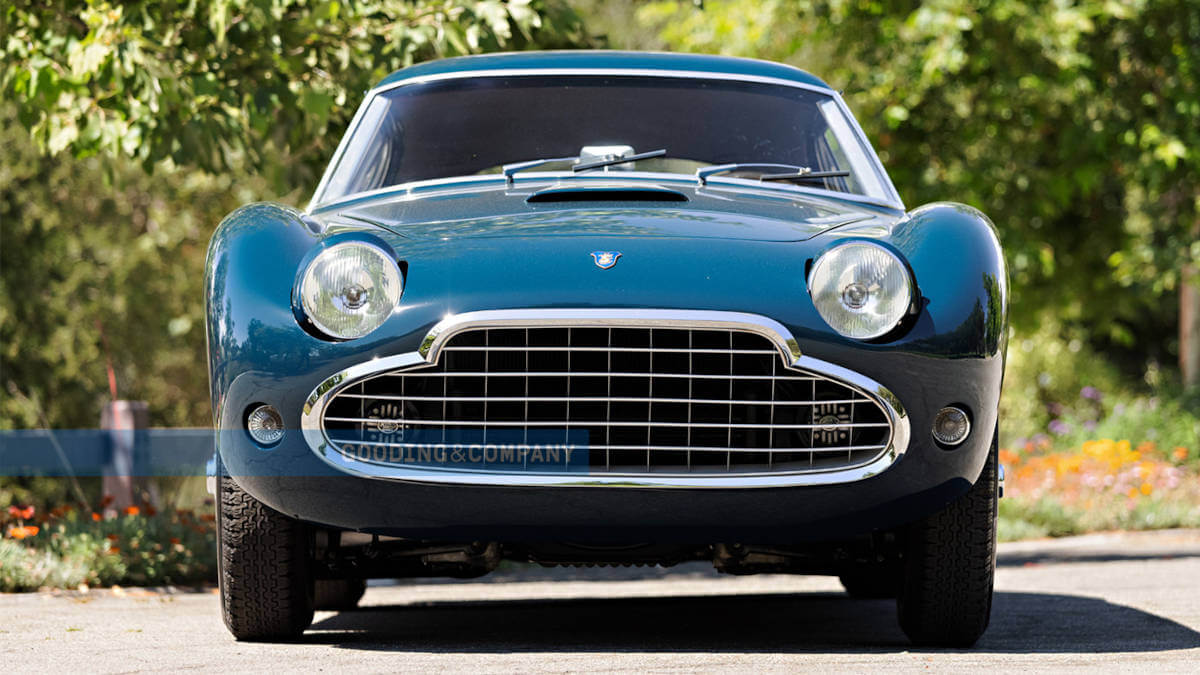

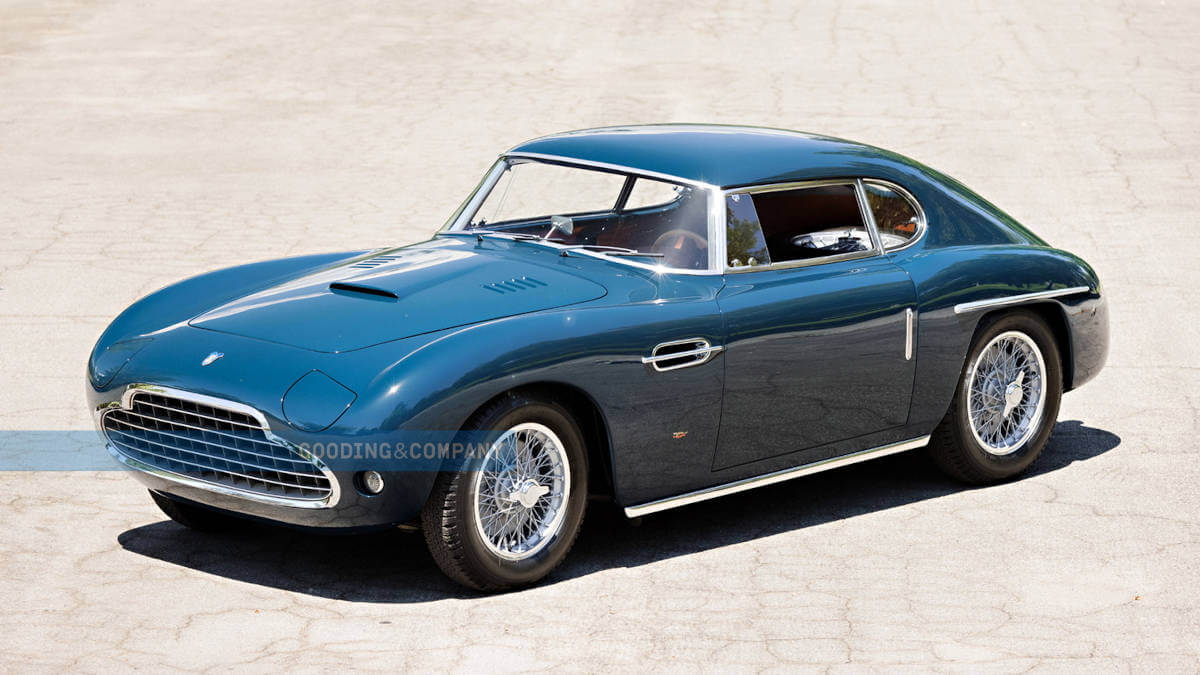





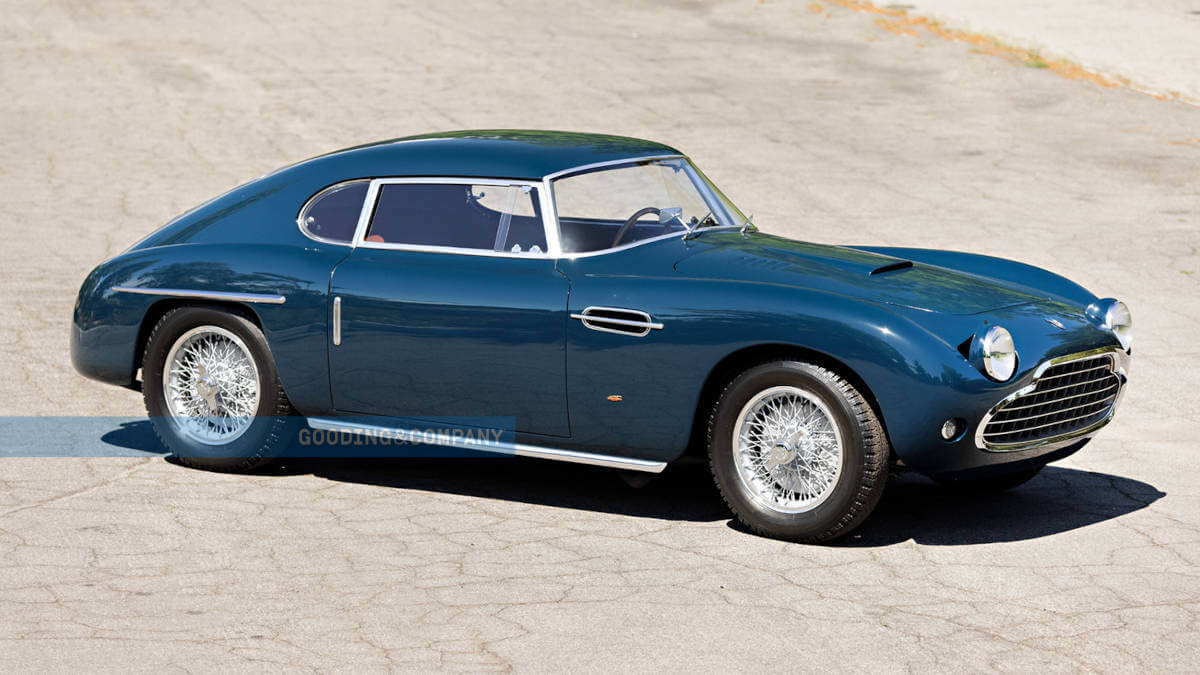

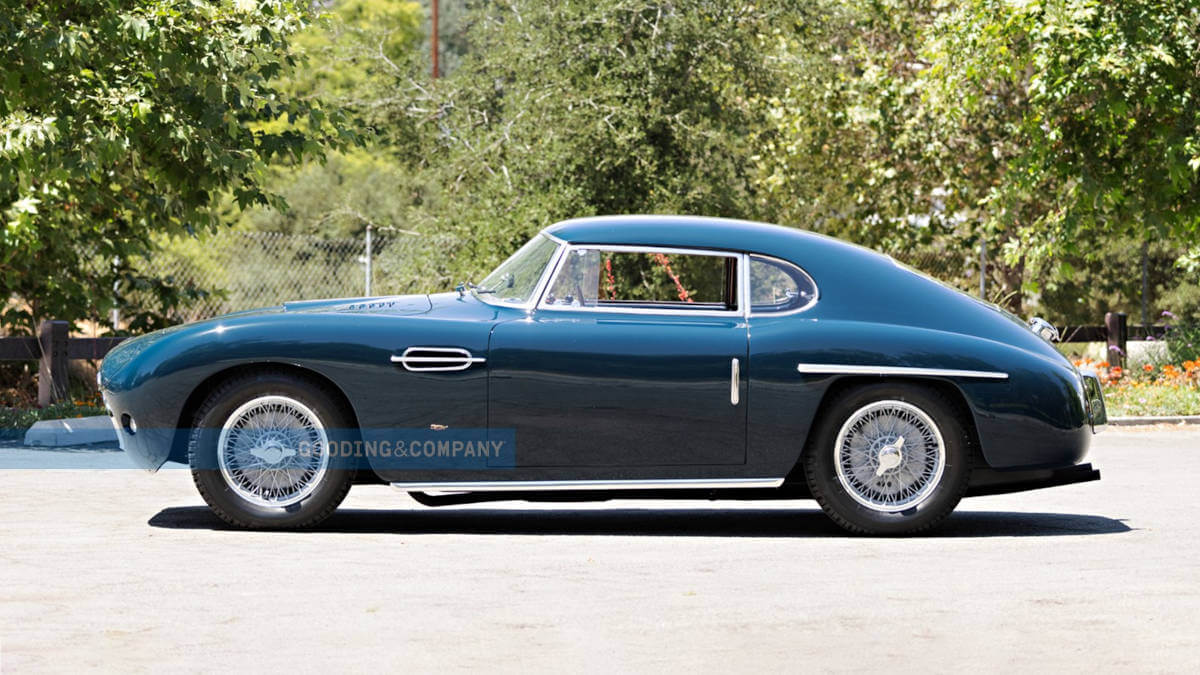



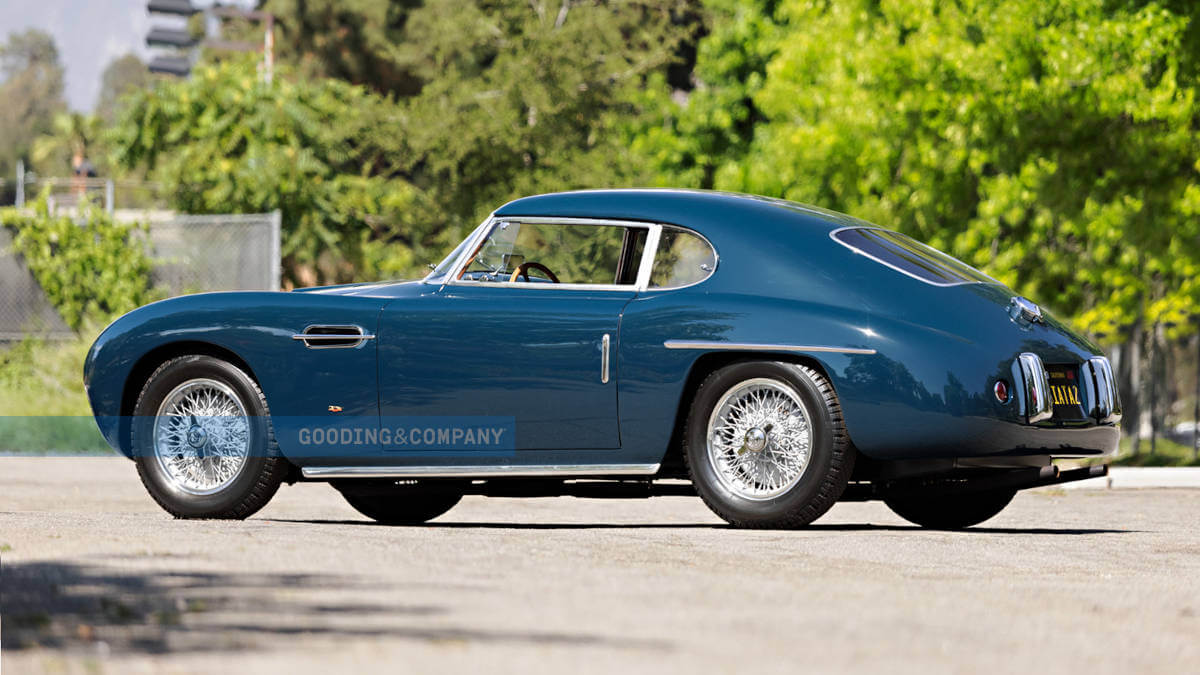

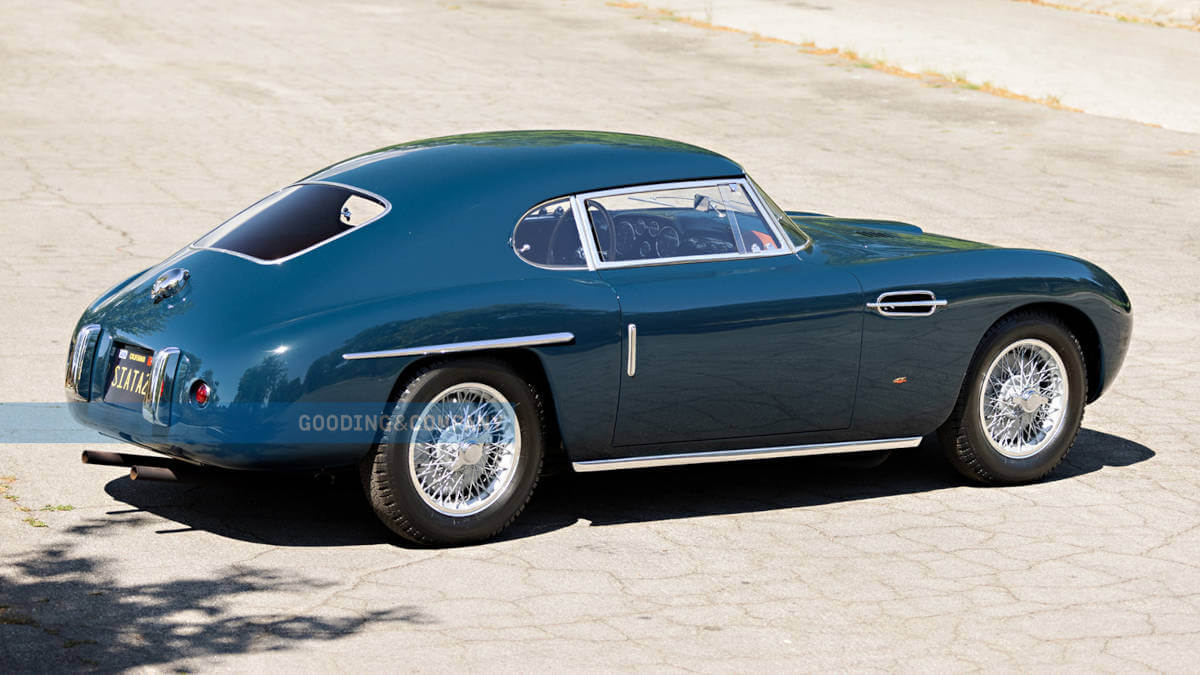





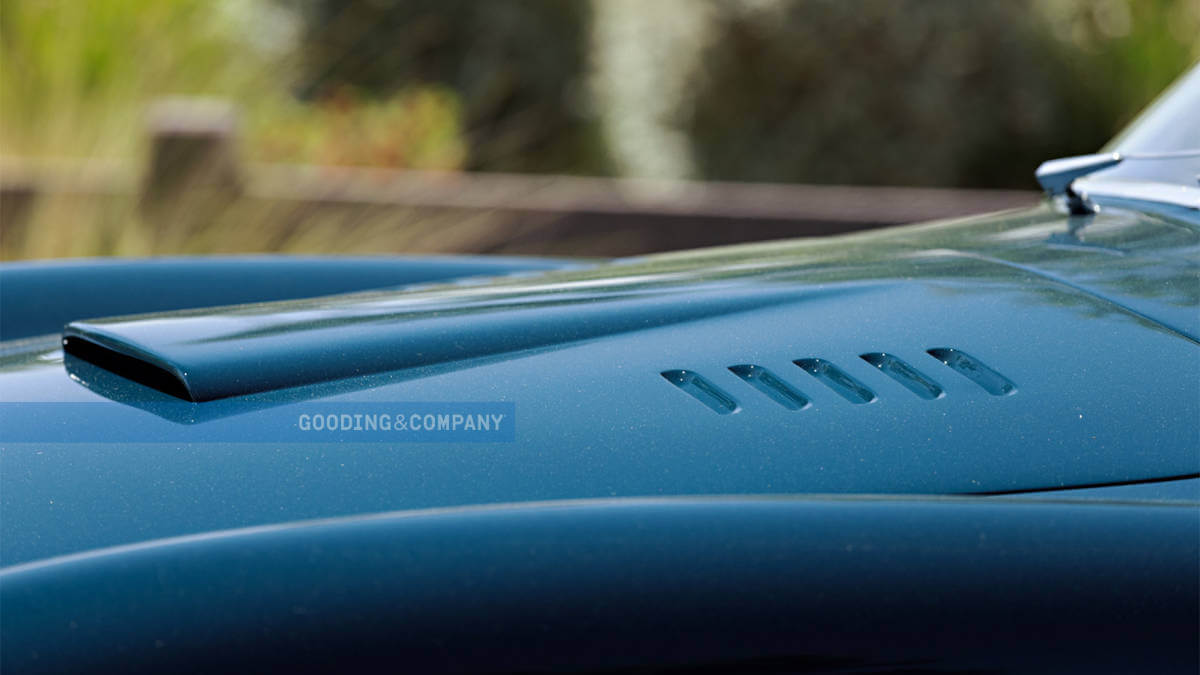

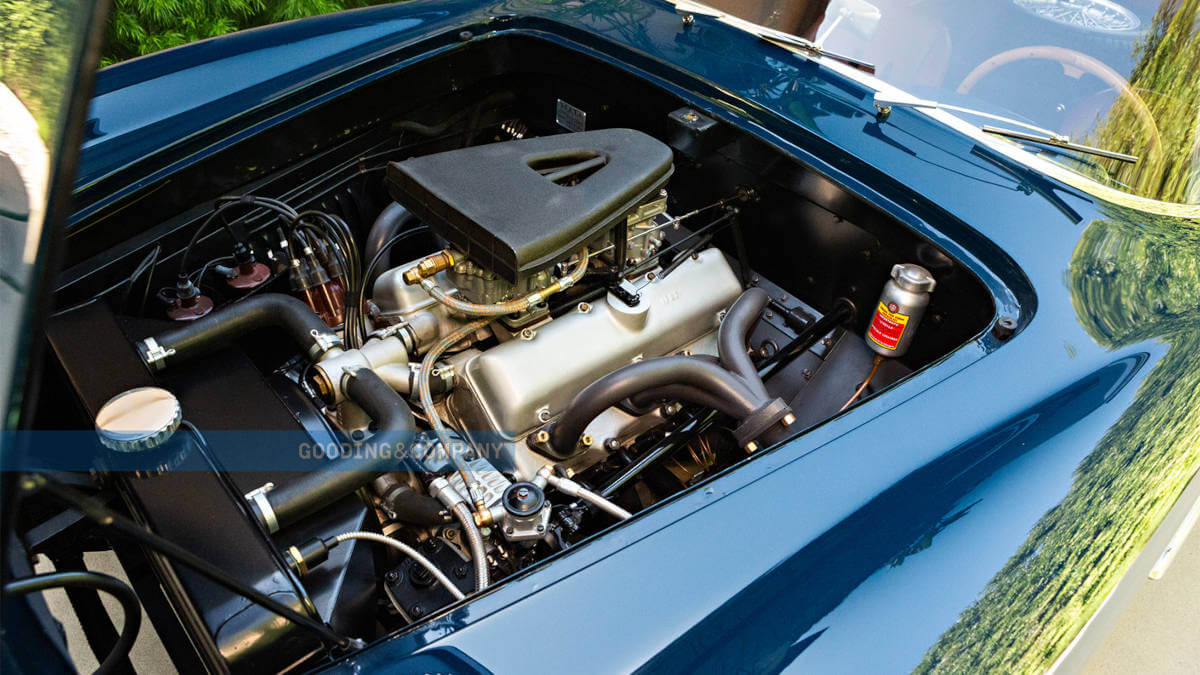



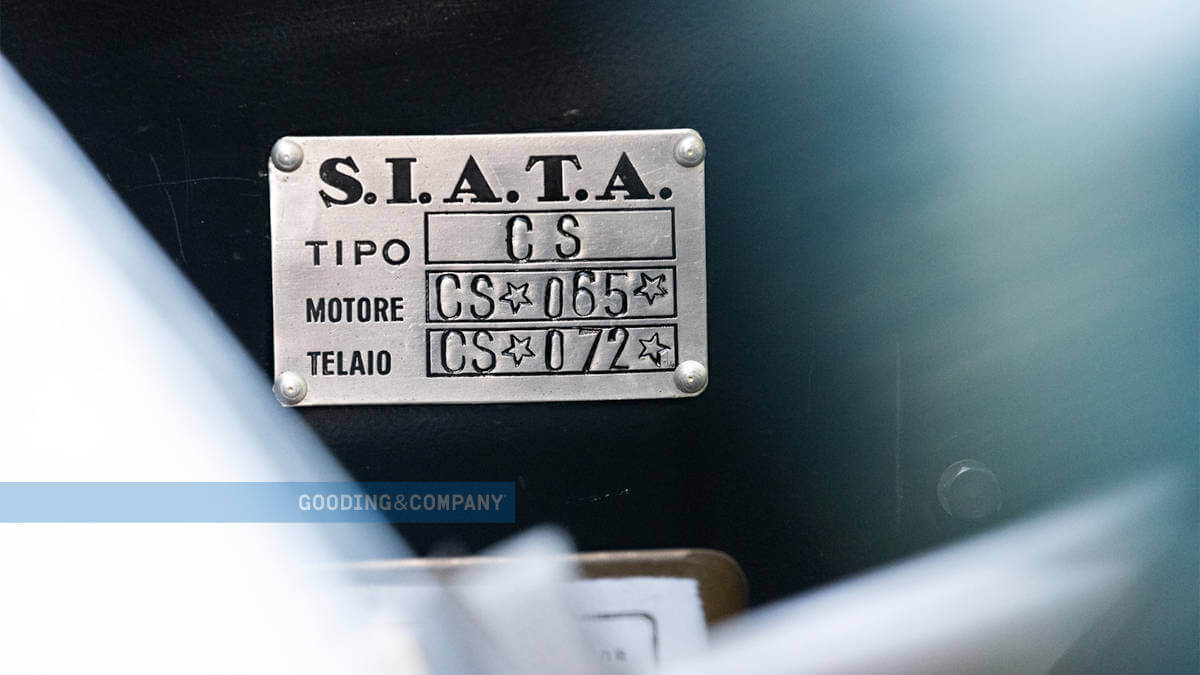



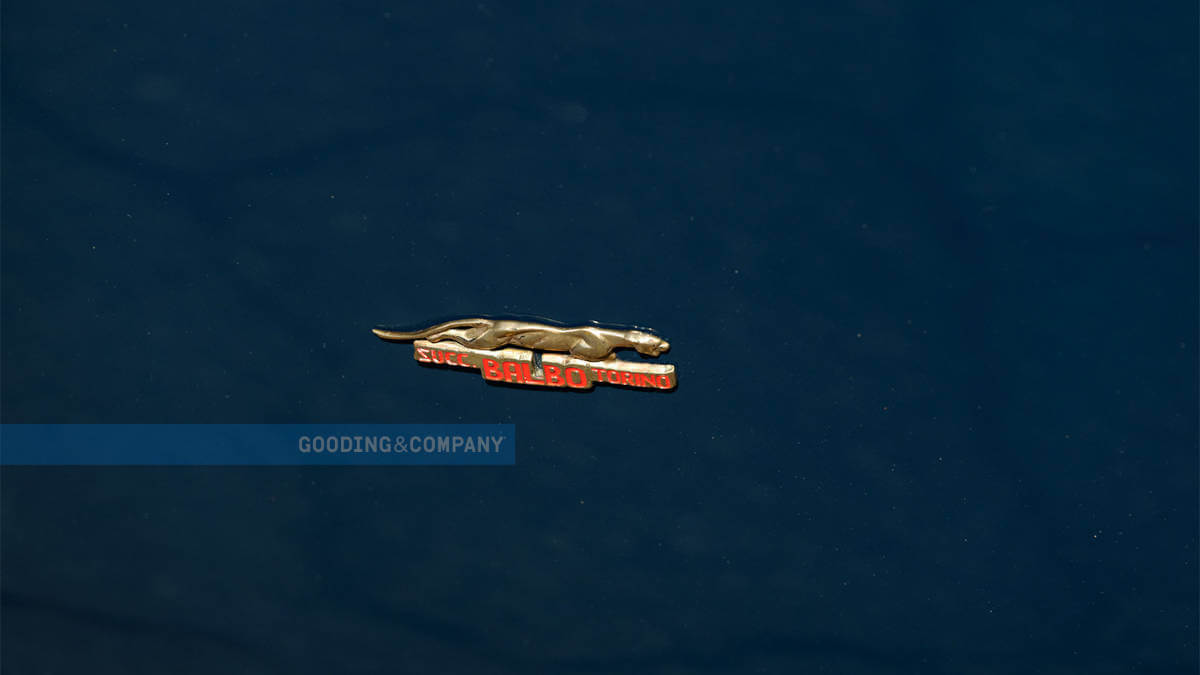

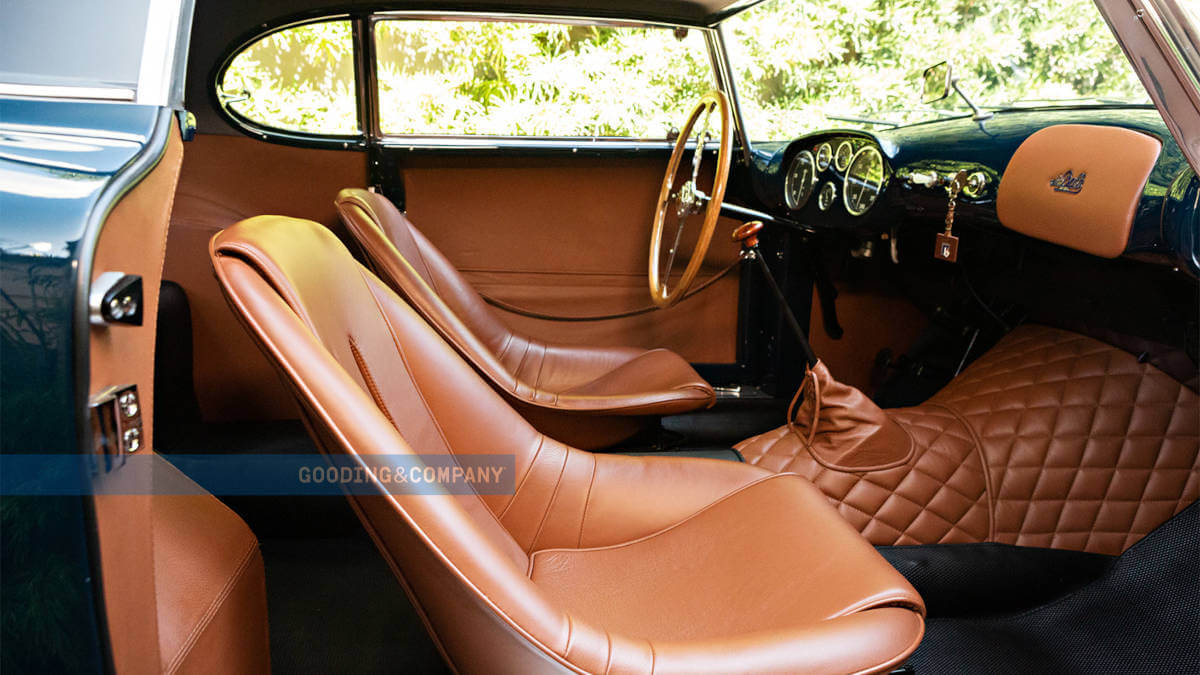

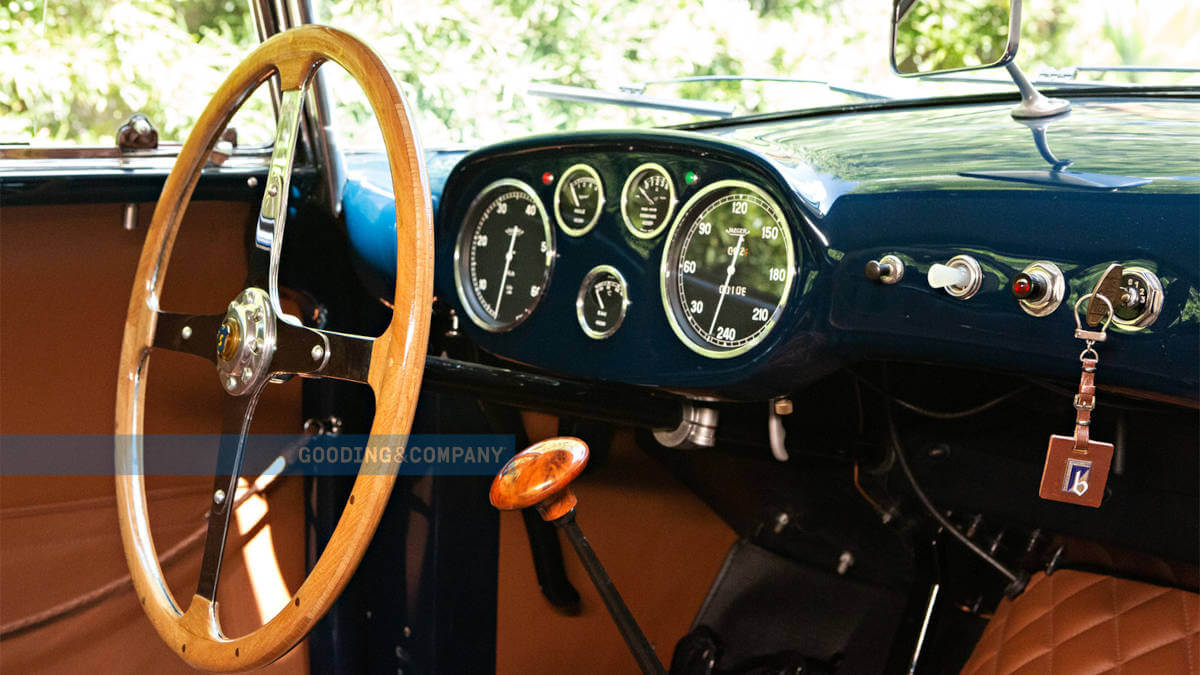

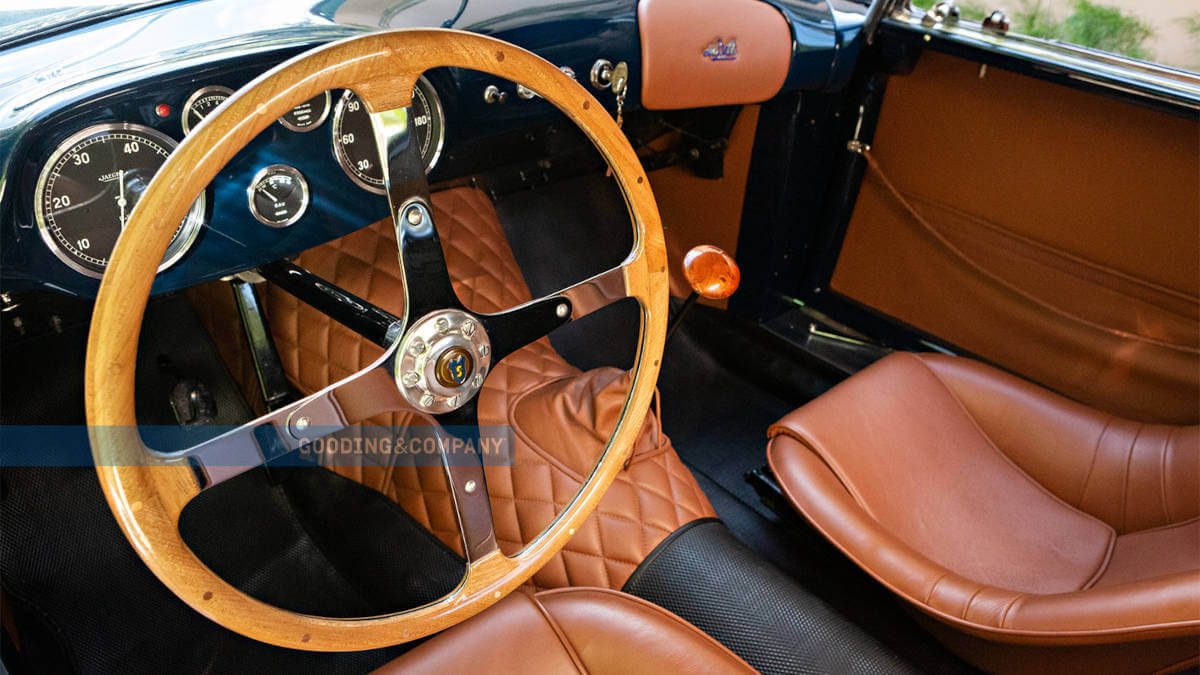











208 S as Spider or 208 CS as Coupé
The Siata 208 was available either as a coupé or spider. The latter was usually called 208 S and received bodies from Michelotti or Rocco Motto. The coupé was called 208 CS and received bodies from Stabilimenti Farina or Balbo. While the 208 S rolled off the production line a total of 35 times, only 18 examples of the 208 CS were built. Eleven of them received the Balbo body with pop-up headlights and wide radiator grille. In addition to the rounded roofline, the chrome trim is particularly fitting for the 1950s. A very similar design was also given to at least one Spider by Stabilimenti Farina. In the case of our photo car, dark blue paint was combined with brown leather. The spare wheel was placed behind the two sports seats.
Rare 208 CS at Gooding & Company
Gooding & Company is offering a Siata 208 CS with Balbo bodywork in Monterey as part of Car Week. After initial delivery to an Italian customer, this car was exported to the United States in the late 1950s. That was where Siata exported most of its sports cars anyway. Some decades later this Siata returned to Europe and was part of the famous Rosso Bianco Collection in Aschaffenburg/Germany for many years. When this collection was disbanded, the current owner in the USA stepped in and had the 208 CS extensively restored. Since then, the car took a class win at Pebble Beach in 2017 and was shown at The Quail in 2019.
Images: Gooding & Company



